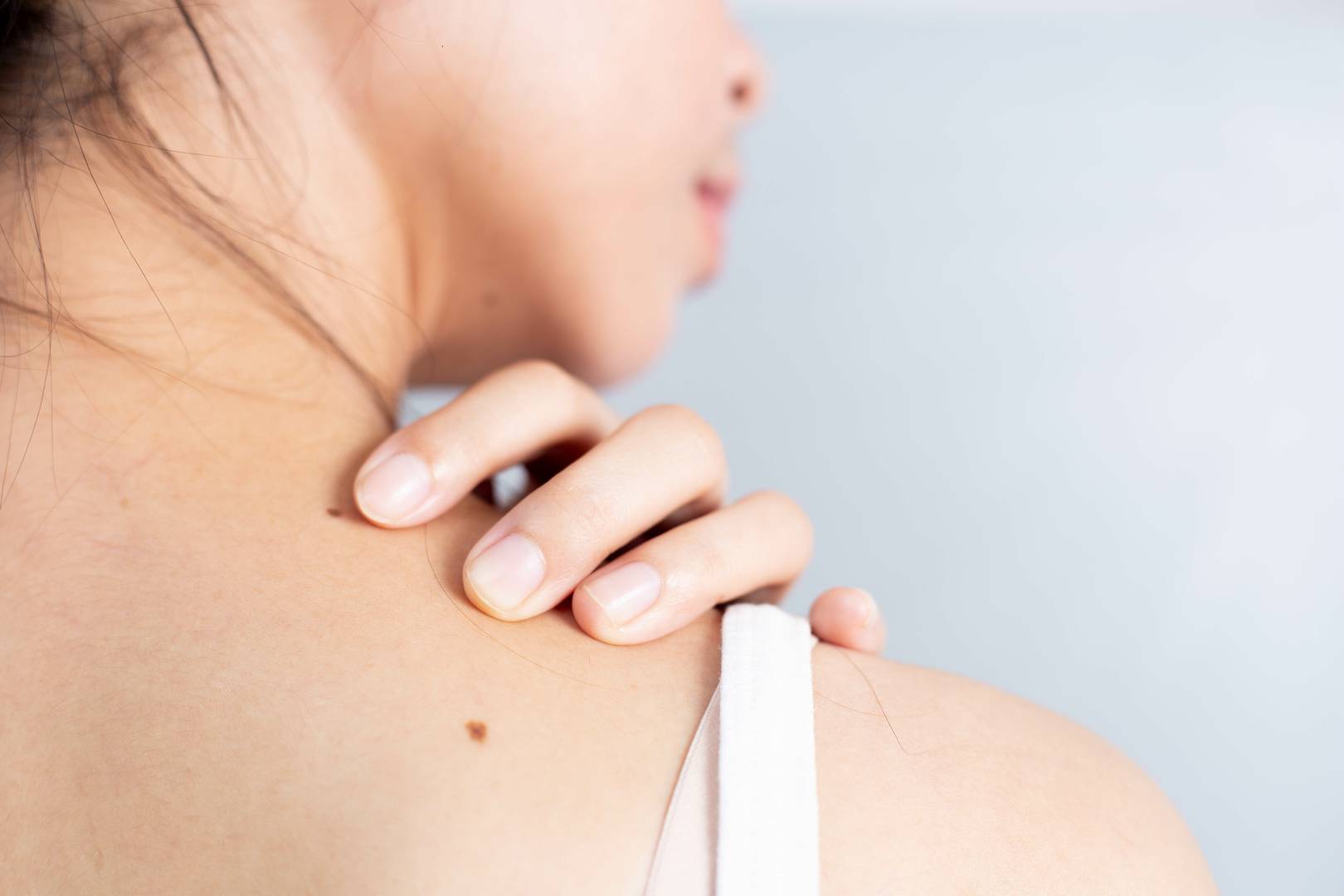How Prevalent is skin cancer in Australia?
Skin cancer is a significant health concern in Australia, as the country has one of the highest rates of skin cancer in the world. According to the Cancer Council Australia, the following statistics regarding skin cancer in Australia are as follows:
-
Skin cancer is the most common cancer diagnosed in Australia.
-
Two in three Australians will be diagnosed with skin cancer by the age of 70.
-
Approximately 800,000 Australians are treated for one or more non-melanoma skin cancers each year.
-
More than 13,000 Australians are diagnosed with melanoma each year, with melanoma being the fourth most common cancer diagnosed in Australia.
-
In 2020, an estimated 1,635 Australians died from skin cancer.
It is important to note that skin cancer is largely preventable by practicing sun protection measures such as wearing protective clothing, seeking shade, using sunscreen, and avoiding sun exposure during peak UV hours. Early detection is also important for successful treatment, so it is recommended to regularly check your skin and see a healthcare professional if you notice any changes or concerns.
What is Involved in a Skin Check?
A skin check is a medical examination of your skin performed by a qualified healthcare professional, such as a dermatologist or general practitioner, to check for any signs of skin cancer or other skin conditions. The examination typically involves the following steps:
-
Medical history: The healthcare professional will ask you about your personal and family medical history, including any previous skin cancer diagnoses, past sun exposure, and any other relevant information.
-
Visual examination: The healthcare professional will visually inspect your skin from head to toe, looking for any unusual moles, lesions, or other abnormalities.
-
Dermatoscopy: If any suspicious spots or moles are identified during the visual examination, the healthcare professional may use a dermatoscope, a special magnifying tool, to examine them more closely.
-
Biopsy: If the healthcare professional identifies any suspicious lesions, they may recommend a biopsy, which involves removing a small sample of skin tissue for further analysis in a laboratory.
-
Recommendations: Based on the results of the skin check, the healthcare professional may recommend further monitoring, treatment, or referral to a specialist if necessary.
It is recommended that people undergo a skin check at least once a year, especially if they have a history of skin cancer or significant sun exposure. Regular skin checks and sun protection measures can help detect skin cancer early and improve treatment outcomes.
Should I have a Skin Check?
Skin checks are recommended for everyone, but some people may be at higher risk for skin cancer and should consider getting skin checks more frequently. These include:
-
People with fair skin, light-colored eyes, and light-colored hair.
-
People with a history of sunburns, especially during childhood or adolescence.
-
People with a personal or family history of skin cancer.
-
People who spend a lot of time outdoors or who have had significant sun exposure over their lifetime.
-
People with a weakened immune system, such as those who have had an organ transplant or are undergoing chemotherapy.
-
People with many moles or atypical moles.
It's important to note that skin cancer can occur in anyone, regardless of skin color or ethnicity. So, even if you don't fall into any of the above categories, it's still important to get regular skin checks and practice sun protection measures to help prevent skin cancer. It's best to talk to your healthcare professional about your individual risk factors and how often you should get a skin check.
How long is a standard skin check
The duration of a standard skin check can vary depending on the individual's skin condition, but it typically takes around 15 to 30 minutes to complete. The healthcare professional will need to examine the skin on the entire body, so it may take longer if the person has a lot of moles or if they have a history of skin cancer.
During the skin check, the healthcare professional will take their time to examine each area of the skin and look for any suspicious moles, lesions or other abnormalities. If any suspicious spots are identified, the healthcare professional may take additional time to evaluate them further.
It's important to note that the duration of the skin check may be longer if a biopsy or any other additional testing is required. It's always a good idea to plan for extra time when scheduling a skin check, to ensure that the healthcare professional has enough time to thoroughly examine the skin and address any concerns that may arise during the exam.


